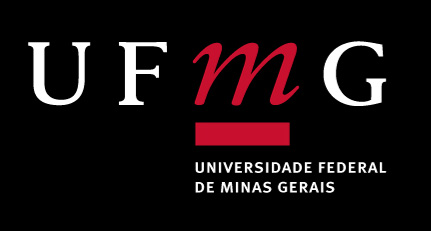Agent-based model implemented using the TerraME framework to simulate the dynamic transmission of dengue fever
DOI:
https://doi.org/10.35699/2237-549X..13459Palavras-chave:
Epidemic, Human mobility, Human renewal rate, PNCD, Spatially explicit dynamic modelling, Vectors density by humansResumo
The aim of this paper is using TerraME framework to develop a model that contributes in understanding the spatiotemporal behaviour of dengue transmission and the strength of control strategies. During the implementation of our model, it was necessary to adopt rules and input parameters, which represent potential determinants factors for dynamic transmission of dengue fever. The use of these rules allows simulating scenarios of epidemics in the absence and in the presence of dengue transmission control measures.
Downloads
Referências
ANDRAUD, Mathieu et al. Dynamic Epidemiological Models for Dengue Transmission: A Systematic Review of Structural Approaches. PLoS ONE 7(11): e49085. doi:10.1371/ journal.pone.0049085. 2012.
BELO HORIZONTE. Law nº 7166, August 27, 1996. Establishes rules and conditions for payment in installments, occupation and use of urban land in the municipality. Disponible: <https://leismunicipais.com.br/planode-zoneamento-uso-eocupacao-do-solo-belohorizonte-mg-2014-01-20- versao-compilada>. Access: 31 Out. 2016.
BRAZIL. Ministry of Health. Secretariat of Health Surveillance. Department of Communicable Disease Surveillance National Contingency Plan for Dengue Epidemic / Ministry of Health, Secretariat of Health Surveillance, Department of Communicable Disease Surveillance. - Brasilia: Ministry of Health, 2015.
BRAZILIAN INSTITUTE OF GEOGRAPHY AND STATISTICS (IBGE). Downloads. Geosciences. Organization of the territory. Territorial meshes. Municipal meshes. Municipalities in 2010. 2016a.
BRAZILIAN INSTITUTE OF GEOGRAPHY AND STATISTICS (IBGE). IBGE releases population estimates for municipalities in 2016. 2016b.
CARNEIRO,Tiago Garcia de Senna et al. An extensible toolbox for modeling natureesociety interactions. Environmental Modelling & Software 46 (2013) 104e117. 2013.
ENVIRONMENTAL SYSTEM RESEARCH INSTITUTE (ESRI). ARC/ INFO. Version 10.2. 2013. DVD-ROM.
FOUNDATION NATIONAL HEALTH (FUNASA). National Program for Dengue Control. Brasília: FUNASA, 2002.
FAVIER, Charly et al. Influence of spatial heterogeneity on an emerging infectious disease: the case of dengue epidemics. Proc R Soc B 272: 1171–1177. 2005.
MAIDANA, Norberto Aníbal &YANG, Hyun Mo. Describing the geographic spread of dengue disease by traveling waves. Math Biosci 215: 64–77. 2008.
MEDEIROS, Líliam César de Castro. A diffusion model of infection by dengue virus. 2008. Thesis (Doctorate in Computational Mathematics) - Federal University of Pernambuco (UFPE), Recife, 2008.
MEDEIROS, Líliam César de Castro et al. Modeling the dynamic transmission of dengue fever: investigating disease persistence. PLOS neglected tropical diseases, 5(1), e942. 2011.
NATIONAL INSTITUTE FOR SPACE RESEARCH (INPE). TerraME Types and Functions. Developed by National Institute for Space Research et al. São José dos Campos, 2016.
OTERO, Marcelo & SOLARI, Hernán Gustavo. Stochastic ecoepidemiological model of dengue disease transmission by Aedes aegypti mosquito. Math Biosci 223: 32–46. 2010.
PONGSUMPUN P et al. Dynamics of dengue epidemics in urban contexts. Trop Med Int Health 13(9): 1180–1187. 2008.
TRAN, Annelise & RAFFY, Marcel. On the dynamics of dengue epidemics from largescale information. Theoret Population Biol 69: 3–12. 2006.
Downloads
Publicado
Como Citar
Edição
Seção
Licença
Copyright (c) 2017 Revista Geografias

Este trabalho está licenciado sob uma licença Creative Commons Attribution 4.0 International License.
Os artigos desta revista obedecem a licença Creative Commons — Attribution 4.0 International — CC BY 4.0









